This is why we need to get rid of grey squirrels, in Emilia Romagna and in other regions
The decision is generating a great deal of indignation, but it deserves a more careful interpretation, setting aside emotions and looking more closely at the subject of “alien species”.
“Murderers/They should do the same to those who had this brilliant idea/Man is the only animal that deserves extinction/But why don’t they sterilise them?/Shame on you!”
These are just a few of the many indignant comments that can be read below the social pages of the newspapers that recently announced the decision by Emilia Romagna Region to kill grey squirrels, Sciurus carolinensis, which are considered one of the world’s 100 most invasive species by the International Union for Conservation of Nature (IUCN).
We met and interviewed Professor Adriano Martinoli, a Lecturer on Zoology and Fauna Conservation at the University of Insubria, who for many years has studied the grey squirrel, among other things, with respect to the red squirrel.
Together with Professor Martinoli, we will try to explain the reasons for a decision that has literally unleashed the anger of the web, since it was erroneously communicated with the aim of increasing the legitimate indignation of those who read about it without knowing the background.
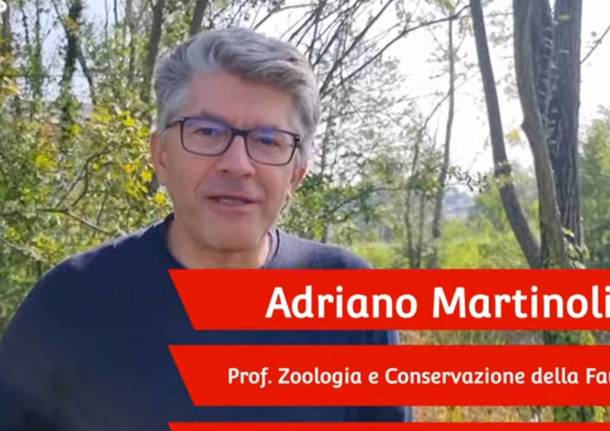
Adriano Martinoli, watch the whole interview here
Sciurus carolinensis, the grey squirrel, which is originally from North America (Canada and the United States), was imported into Europe at the end of 1800s. It is a distant relative of the Euro-Asian squirrel, Sciurus vulgaris, commonly known as the “’red squirrel”.
The threat
In general, so-called “alien” species represent one of the biggest problems in protecting biodiversity. We read on the website of the Ministry of Ecological Transition that:
“In Italy and around the world, one of the main causes of the loss of biodiversity is the so-called “invasive alien species”. These are species of animals and plants that originally come from other geographical regions (they are introduced either voluntarily, or by accident), that have developed the ability to establish and maintain populations in the wild and that settle so well that they pose a real danger.”
So it is that the grey squirrel, which has a great ability to adapt to new habitats, has fitted perfectly into what had been the red squirrel’s habitat for centuries, taking away from the latter the food resources it stores in order to survive the winter. Bigger, stronger and more adaptable, the grey squirrel has inexorably condemned the red squirrel to extinction.

A European problem
The European Union issued Regulation 1143/2014 laying down measures to prevent and manage the introduction and spread of invasive alien species. Thus, Emilia Romagna Region’s decision to proceed with the removal of grey squirrels is part of a bigger picture of legislation that looks at the problem in all of its complexity. Emilia Romagna has been mentioned in recent days simply because there the problem is recent. It was thought, and hoped, that its expansion could be contained within the confines of Lombardy (which has been fighting the problem for years, along with other regions such as Liguria, Piedmont, Umbria and Veneto), but the presence of the grey squirrel has begun to be recorded in this region too.
The grey squirrel, Sciurus carolinensis. Photo by Roberta Corradin
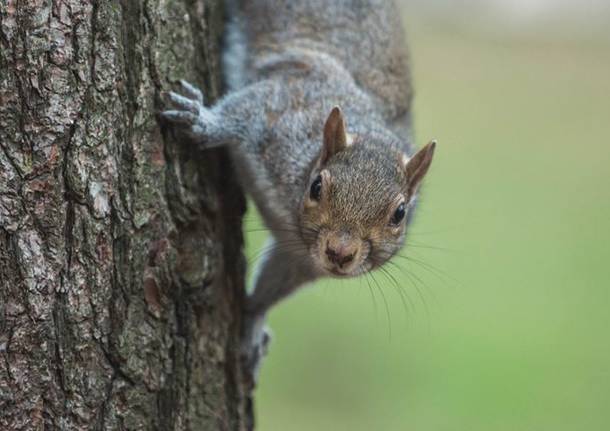
Why do they have to be killed? Can’t they be sterilised instead?
Professor Martinoli explains that sterilisation can only be a solution when it is possible to intervene with absolute certainty on all of the animals. So, it has to be a strictly controlled population. For example, a group of squirrels in a cage in a zoo is a controlled group. This gives us an indication of the non-feasibility of sterilisation, since we are dealing with populations that are invading the woods. Then, there are those who have an easy solution, that of chemical castration: “Grey squirrels can be sterilised using oral medication administered with a delicious hazelnut cream, it’s as simple as that.” This information is not only partial, it is also very incorrect.
First of all, chemical castration is not claimed to be temporary, therefore the “delicious hazelnut cream” would have to be administered regularly to tens of thousands of animals, while ensuring that the red squirrels do not eat it. How is this done when they inhabit the same environment? We cannot just set a table with a sign “Reserved for Mr Sciurus carolinensis, access denied to vulgaris.” Strangely, squirrels have the nasty habit of not being able to read.
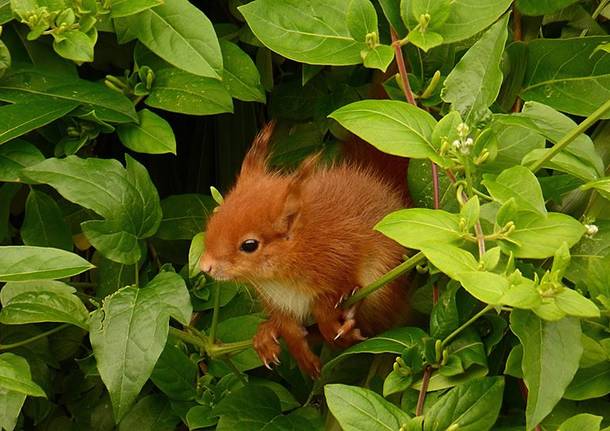
The red squirrel, Sciurus vulgaris, which is in danger of becoming extinct because of its American “cousin”
Secondly, even if it were possible to sterilise them with gourmet dishes, delighting their rodent taste buds, the problem would persist because the grey squirrel would continue to take the food resources from the red squirrel, which is why the killing was planned.
Last but not least, in the United Kingdom, squirrels are killed with the same method used in Italy, as explained by Professor Adriano Martinoli, who has followed the interventions and knows how they are carried out in the United Kingdom.
It is also, or above all, an emotional issue
Tiger mosquitoes are a pest. Every year, massive interventions are carried out to kill the insects and the eggs. Have you ever read indignant comments about that? And if the invaders were 20-cm long, hairy black spiders? Would the web scream, “Don’t kill them, murderers”, or rather, “Burn those horrible beasts immediately”? We all know what the answer would be.
As Martinoli explains, the point is that we should avoid an aesthetic approach to the fauna, because it leads us to feel in tune with, and love for those animals that, from a purely human point of view, we consider cute, cuddly and deserving of protection. What we should try to explain, also from a journalistic point of view, without aiming at an “easy click” that plays on “gut” communication, is that elimination of tiger mosquitoes, of the Japanese beetle or of the grey squirrel is the same operation, in terms of protecting the ecosystem.
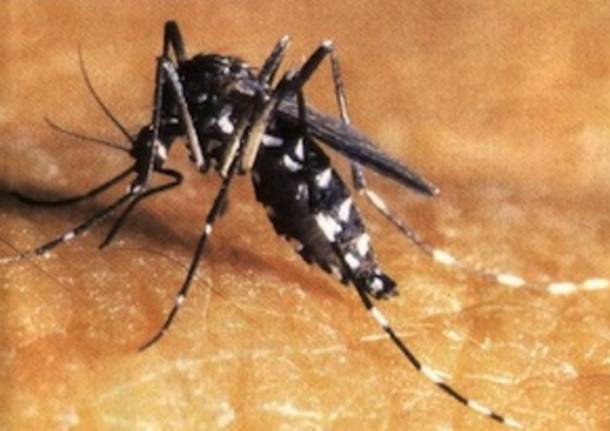
The tiger mosquito, Aedes albopictus
There are no first- or second-class animals, just because some of them have adorable whiskers and beady little eyes, while others have slimy skins, questionable snouts (we think) and annoying interactions with humans.
Environmentalism and animalism are two different things. The hope is that more effort is made to explain to people that, unfortunately, objectively unpleasant decisions are occasionally necessary, from a scientific point of view and in order to protect not only an individual species, but also an ecosystem. And we might lose a few clicks.
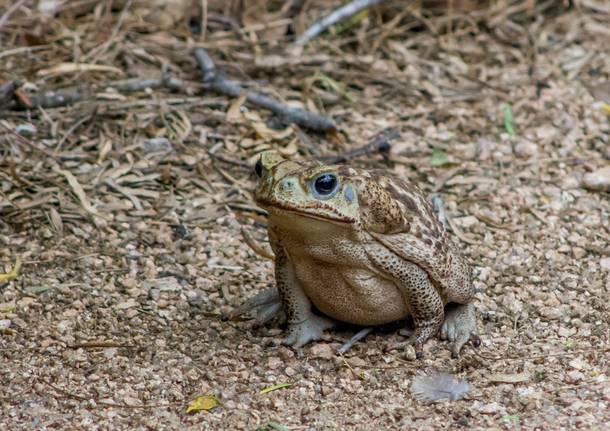
The common toad, Bufo bufo
Translated by Rebecca Motta and Camilla Tofanelli
Reviewed by prof. Rolf Cook
La community di VareseNews
Loro ne fanno già parte
Ultimi commenti
Emanuele Zanetti su Motociclista di Ferno ucciso da un orso in Romania
GrandeFratello su Superate le 700 firme per la petizione sul recupero del Grand Hotel Campo dei Fiori di Varese
Felice su Motociclista di Ferno ucciso da un orso in Romania
Stefano64 su Neil Young torna dopo l'enorme successo di Harvest: ma non è il disco che tutti si aspettano
Alessandro Zanzi su Superate le 700 firme per la petizione sul recupero del Grand Hotel Campo dei Fiori di Varese
Felice su La bibliocabina, la panchina e il cane che fa pipì. A Fagnano Olona scoppia la polemica
















Accedi o registrati per commentare questo articolo.
L'email è richiesta ma non verrà mostrata ai visitatori. Il contenuto di questo commento esprime il pensiero dell'autore e non rappresenta la linea editoriale di VareseNews.it, che rimane autonoma e indipendente. I messaggi inclusi nei commenti non sono testi giornalistici, ma post inviati dai singoli lettori che possono essere automaticamente pubblicati senza filtro preventivo. I commenti che includano uno o più link a siti esterni verranno rimossi in automatico dal sistema.